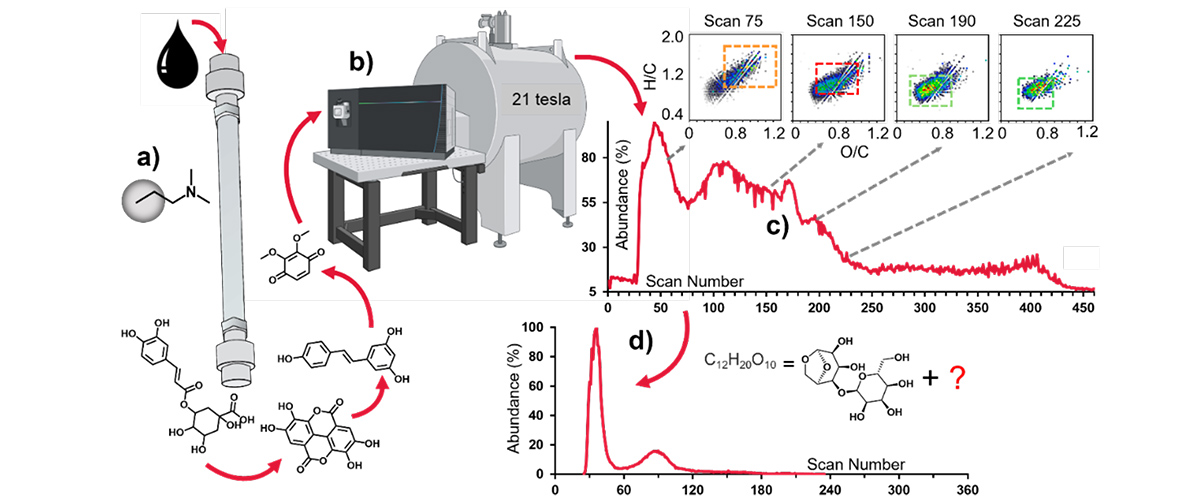
June 13, 2025
This research introduces a new separation method that is combined with precise mass measurements to identify thousands of previously undetected molecu…
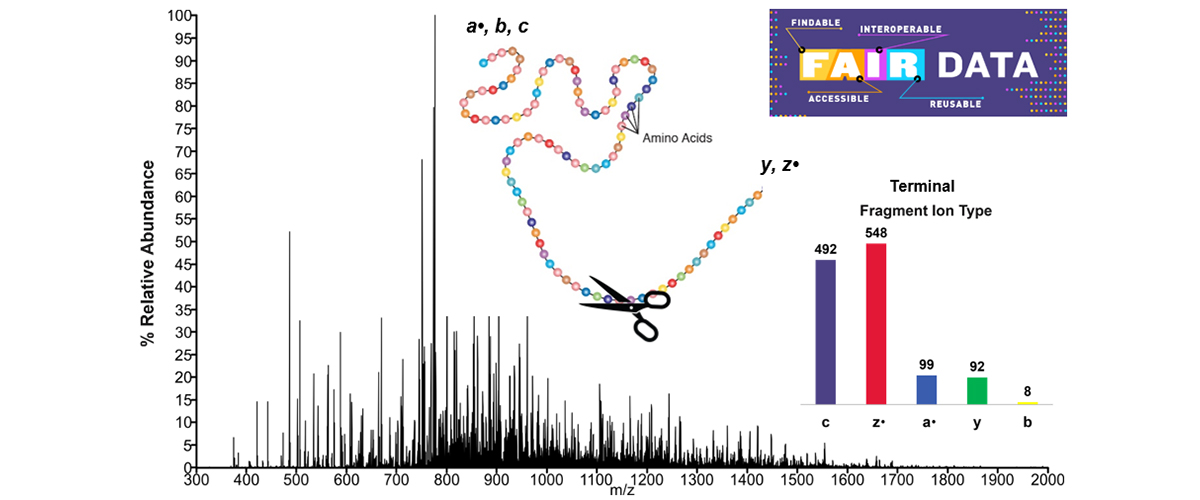
February 12, 2025
MagLab data collected with the 21 tesla FT-ICR mass spectrometer demonstrate the risk associated with internal fragment annotation in mass spectra of …
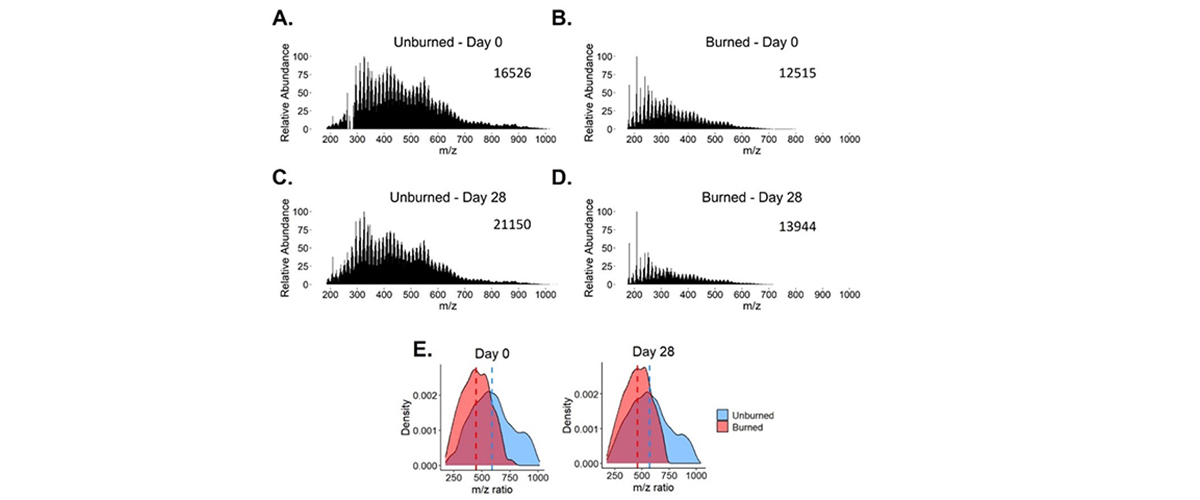
November 14, 2024
Wildfires change the chemical composition of molecules in soil, and only the 21T FT-ICR mass spectrometer can assess the molecular composition to unde…
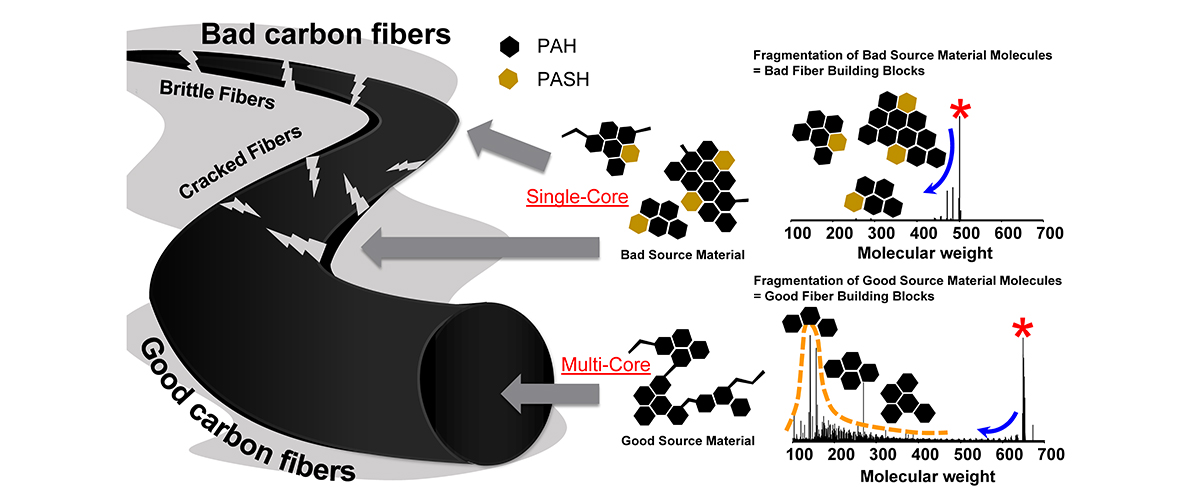
July 16, 2024
MagLab researchers use 21 tesla ion cyclotron resonance (ICR) mass spectrometry to identify the best way to produce carbon fibers from petroleum waste…
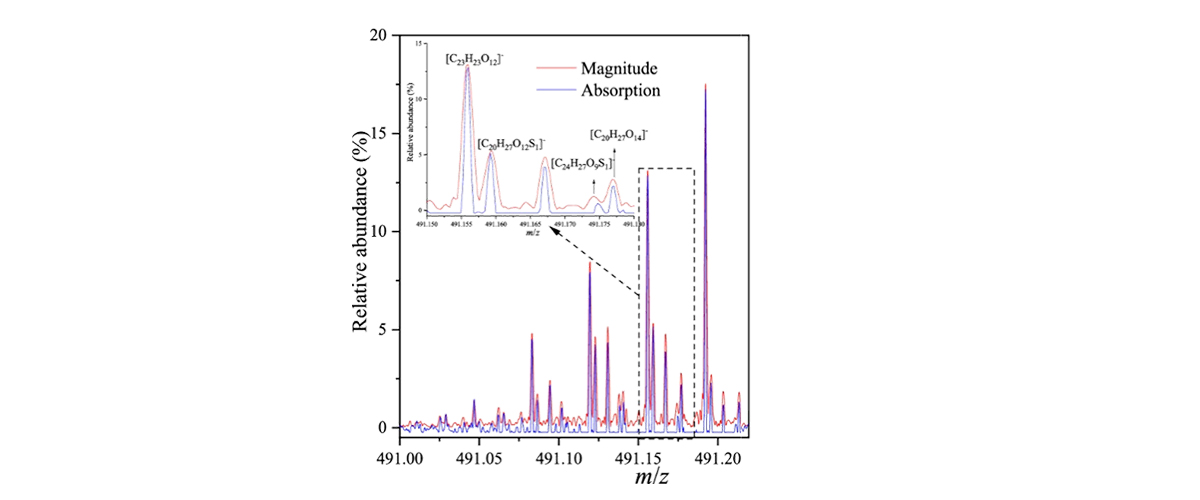
May 15, 2024
Combining new data with an existing MagLab dataset, researchers characterized the millions of unique chemicals found in our waterways, including both …
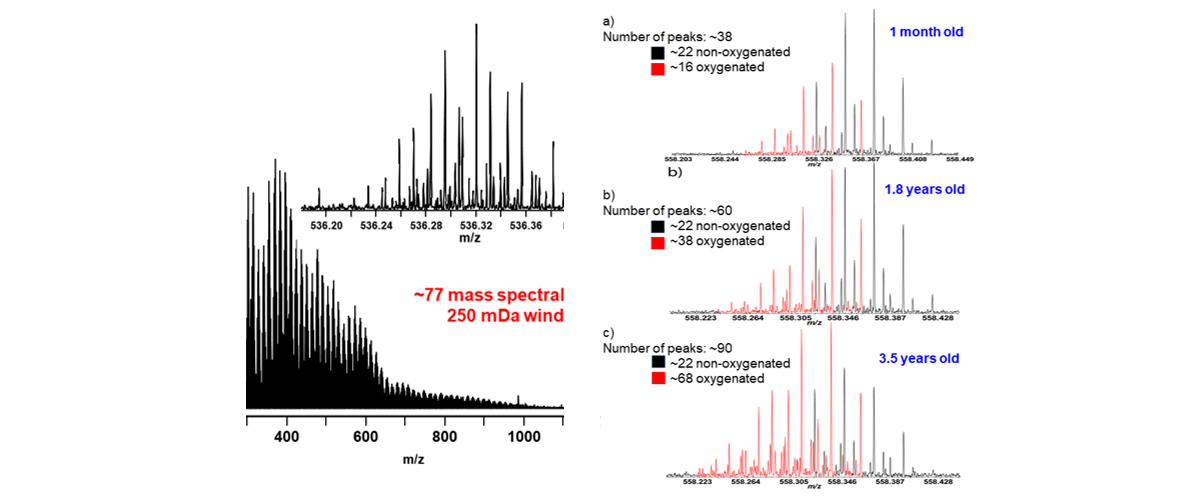
March 27, 2024
The 21T FT-ICR MS instrument enables the molecular characterization of atmospheric hazes - like that on Saturn’s moon, Titan - and water vapor to bett…
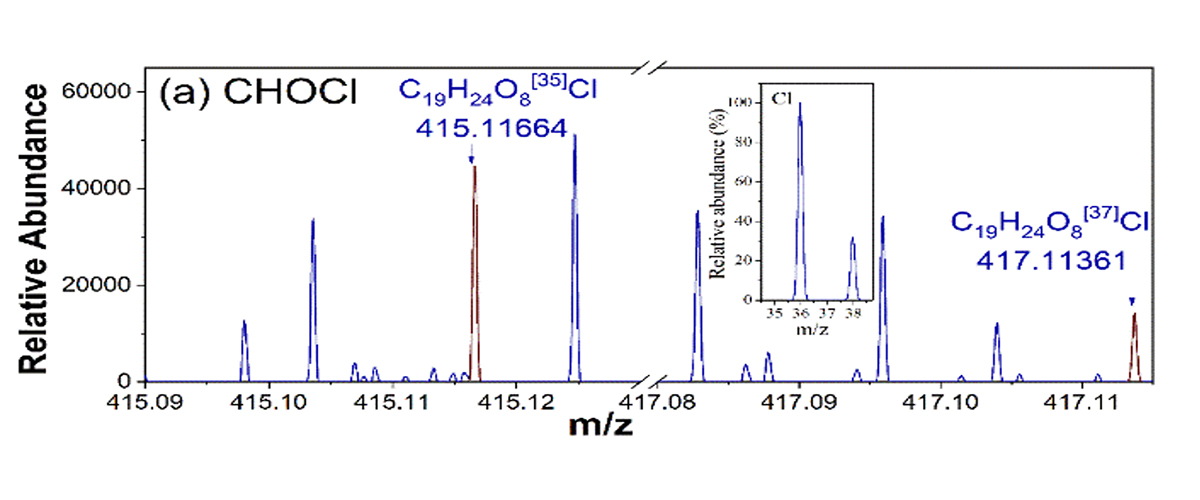
November 16, 2023
Identification of toxic compounds in drinking water formed through disinfection reveals more than 3500 toxic, chlorinated species that can only be obs…
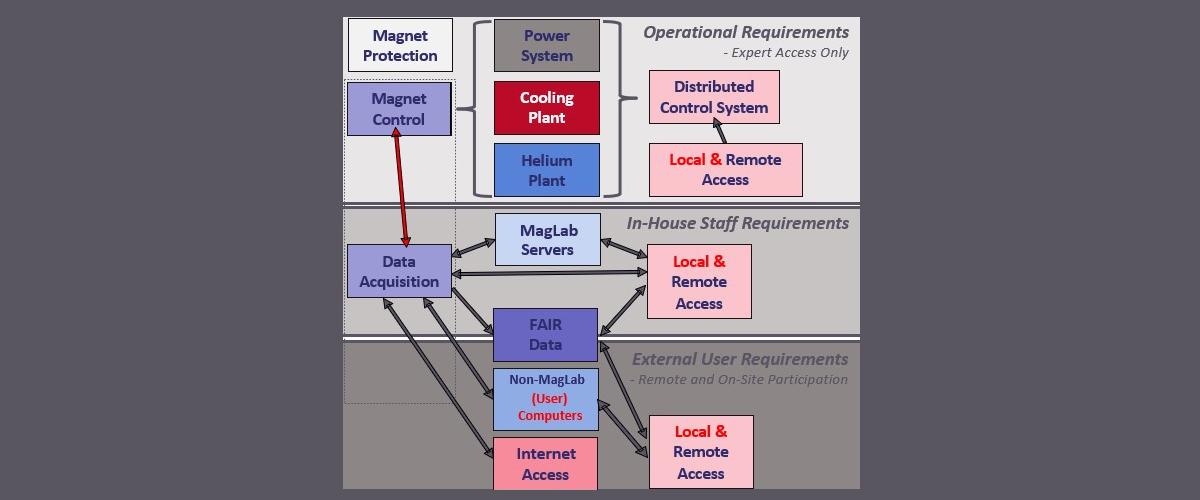
September 11, 2023
A specialized cybersecurity approach was developed to meet the needs of a user research facility.
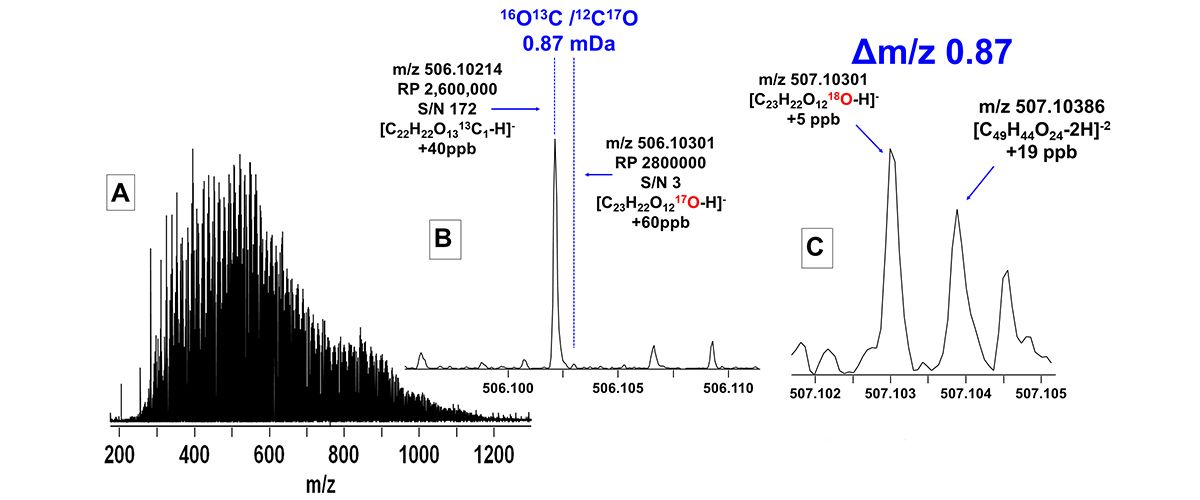
July 14, 2023
The 21 T FT-ICR mass spectrometer identified four times the number of species in natural organic matter than lower magnetic field systems, providing a…
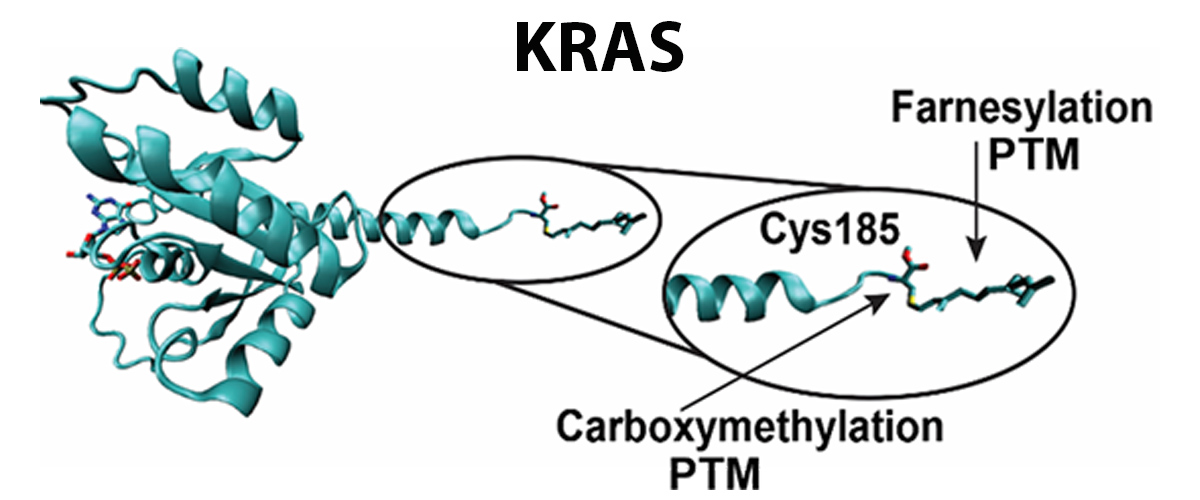
February 17, 2023
Researchers used the MagLab to produce the first clarified map of KRAS proteins in colon cancer tumors. Twenty-eight additional forms of the KRAS prot…
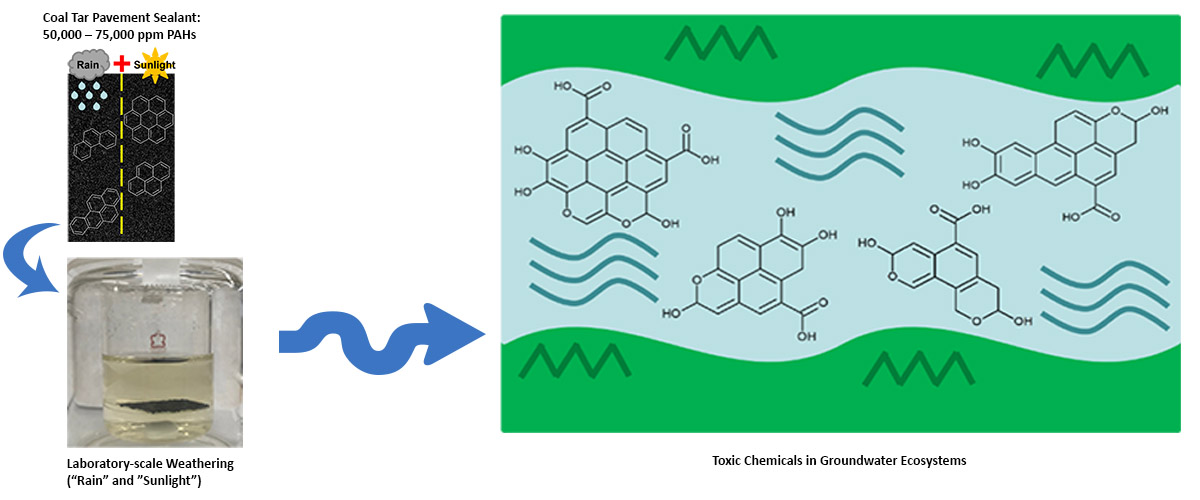
October 18, 2022
New research shows that high concentrations of polycyclic aromatic hydrocarbons (PAHs) found in coal tar pavement sealants are oxidized into toxic, wa…
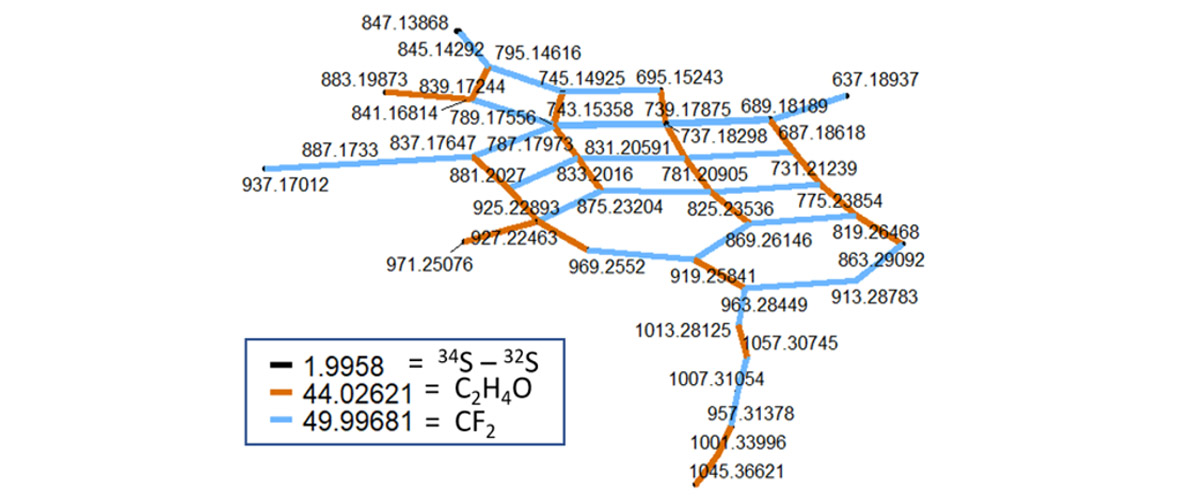
July 18, 2022
Using the world's most powerful mass spectrometer, scientists have developed a new method to profile complex PFAS mixtures at the molecular level, fac…
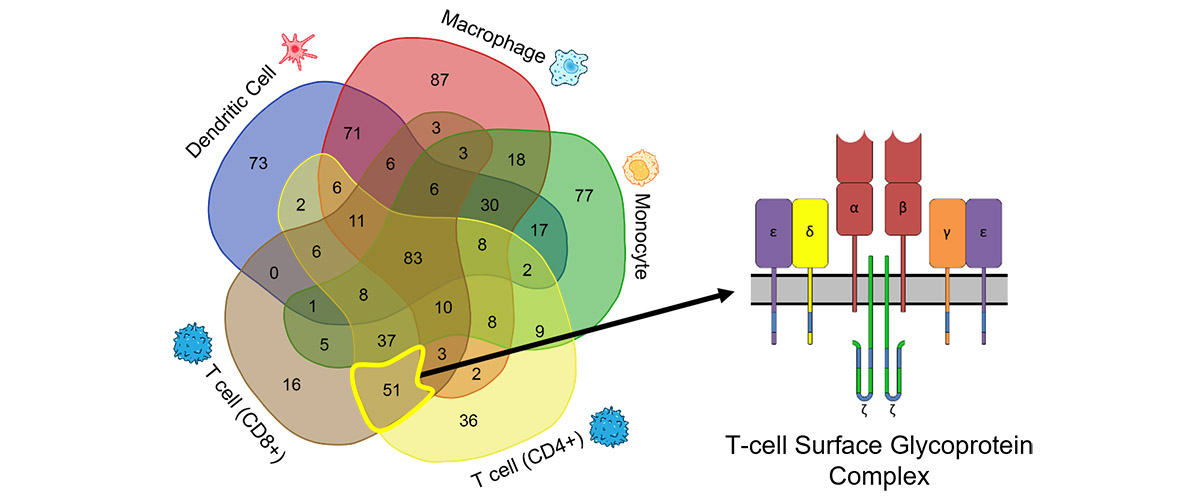
March 11, 2022
A new Blood Proteoform Atlas maps 30,000 unique proteoforms as they appear in 21 different cell types found in human blood. The MagLab's 21 tesla FT-I…
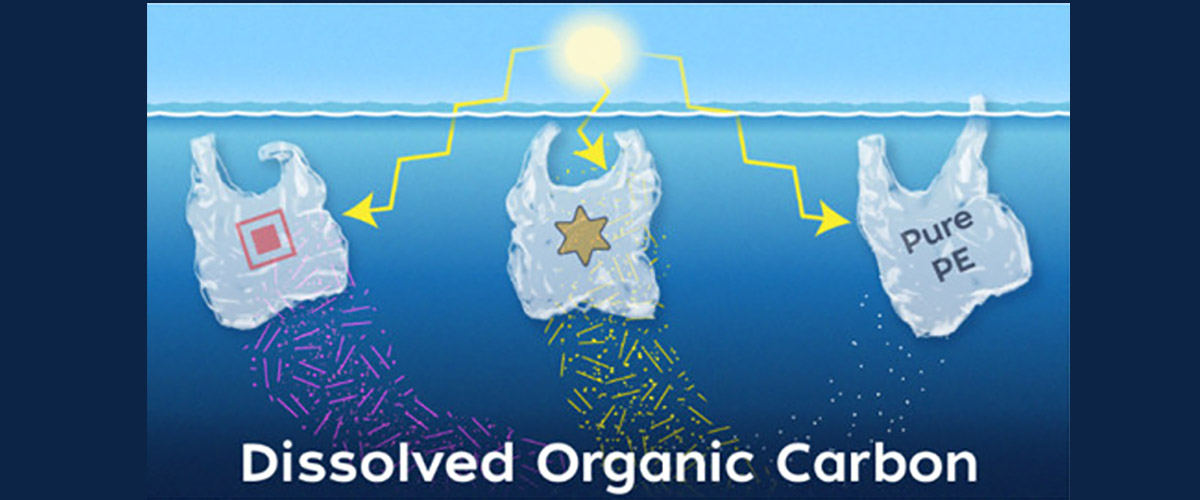
October 25, 2021
Sunlight can chemically transform plastics from consumer plastic bags into complex chemical mixtures that leach into the ocean. Understanding the impa…
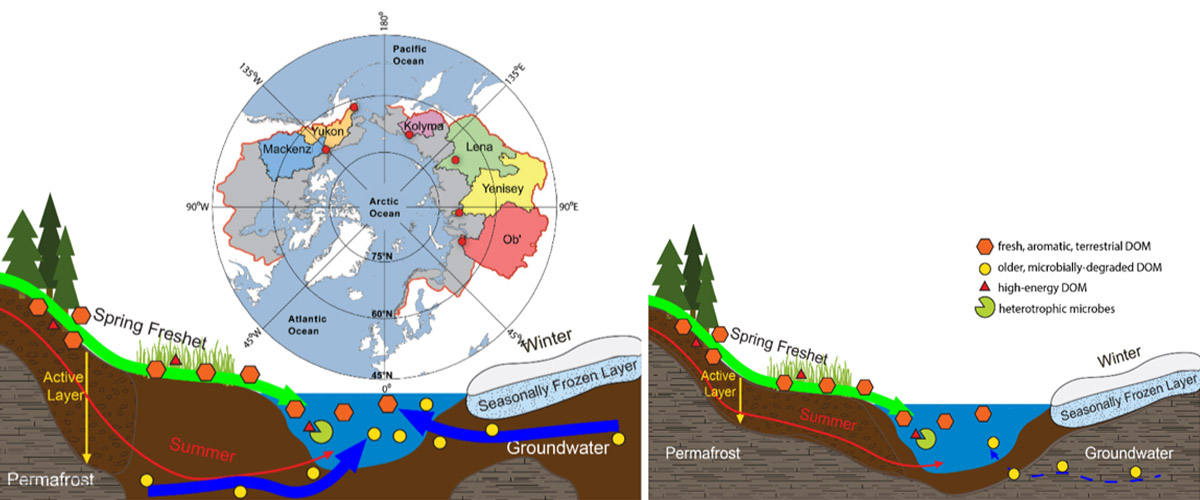
June 23, 2021
Researchers share new insights on the role of seasonality in dissolved organic matter (DOM) composition in large Arctic rivers. Researchers share new …
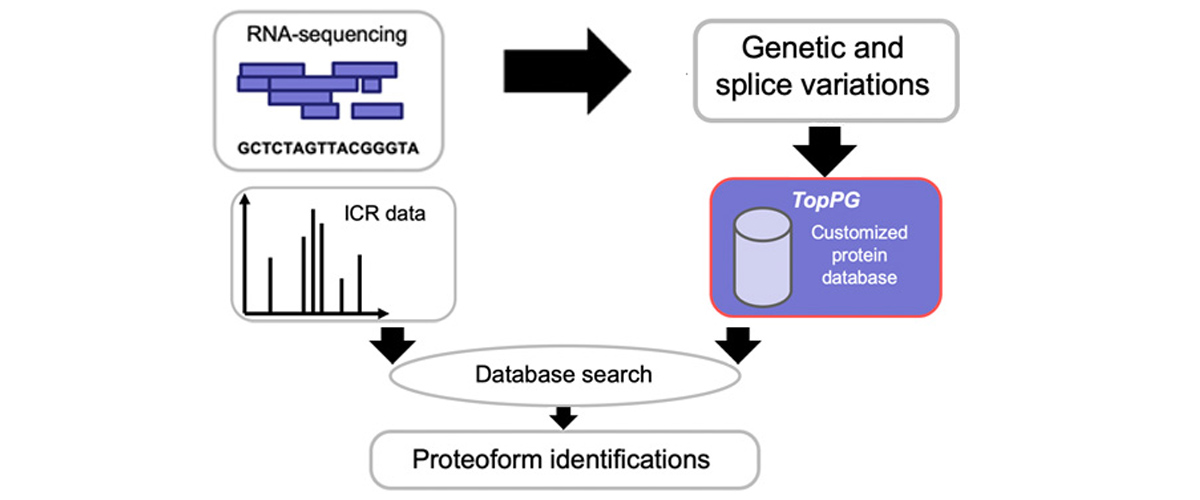
June 10, 2021
Reuse of the MagLab's Ion Cyclotron Resonance facility data improved understanding of protein fragmentation and aided the design and release of new al…
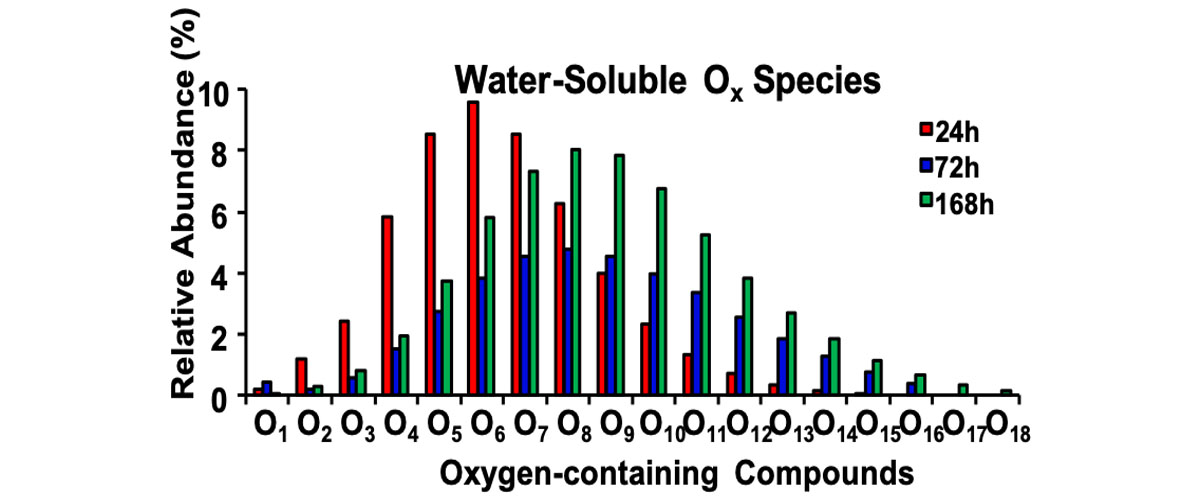
March 29, 2021
Road asphalt is made from aggregate (rocks) mixed with a "binder” from the residue remaining after extraction of gasoline and oils from petroleum crud…
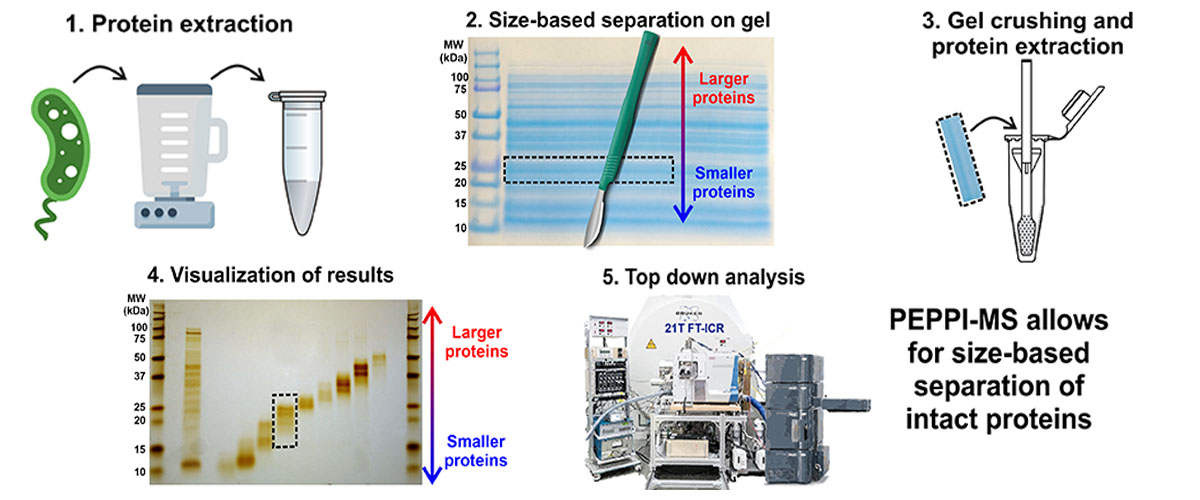
October 16, 2020
Analysis of intact proteins using mass spectrometry is a difficult task that can be simplified by prefractionation, a process in which protein mixture…
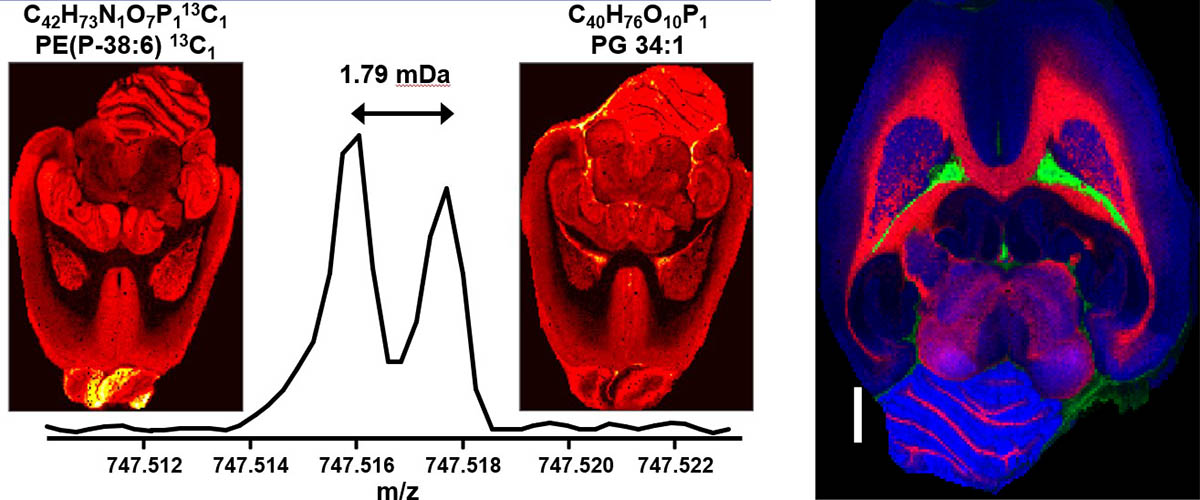
May 22, 2020
Combining spatial imaging technology with ultrahigh performance FT-ICR mass spectrometry provides users with the unique ability to create tissue image…
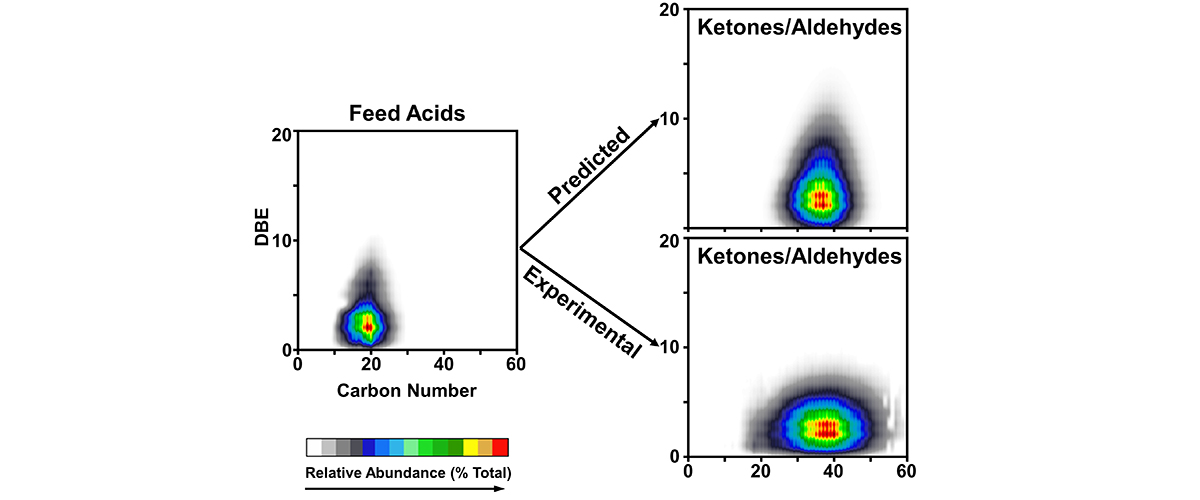
February 25, 2020
A new method to characterize crude oil corrosion shows that corrosion in acidic crude oils depends on the specific structures of the acid molecules, i…
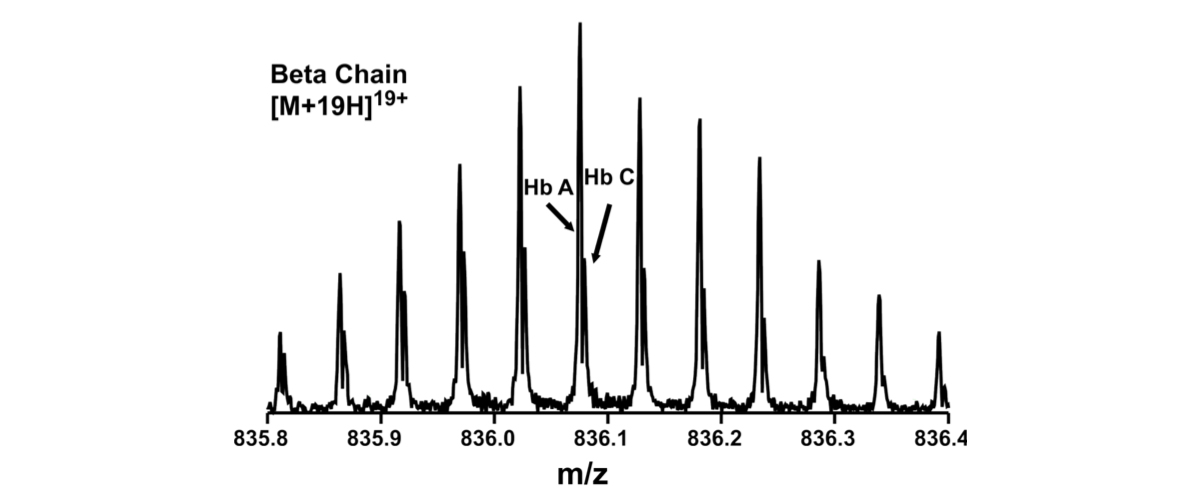
August 19, 2019
Precise determination of hemoglobin sequence and subunit quantitation from human blood for diagnosis of hemoglobin-based diseases.
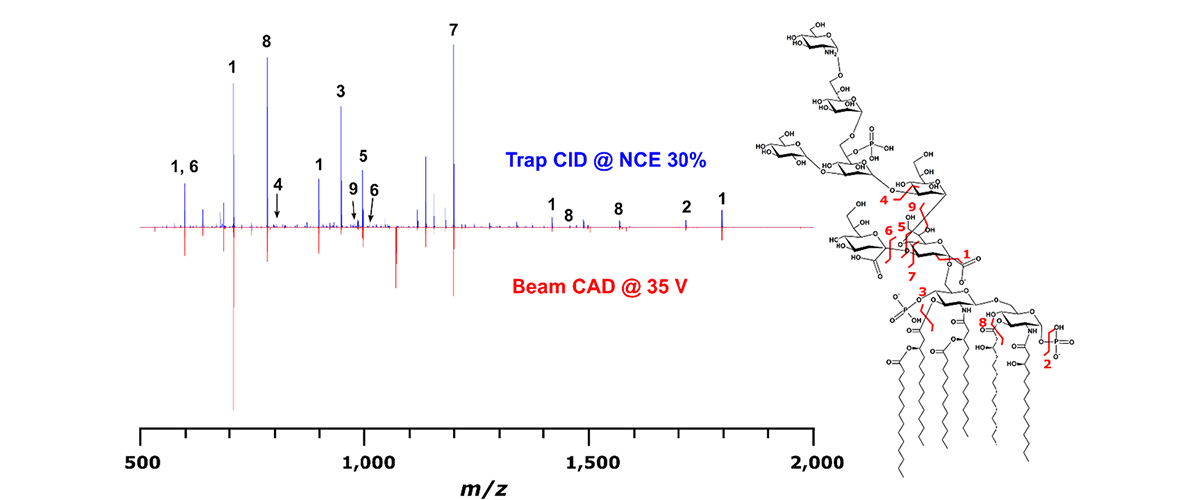
March 01, 2019
Scientists will be able to apply the technique to characterize similar molecules, helping develop vaccines and drugs to treat bacterial infection.
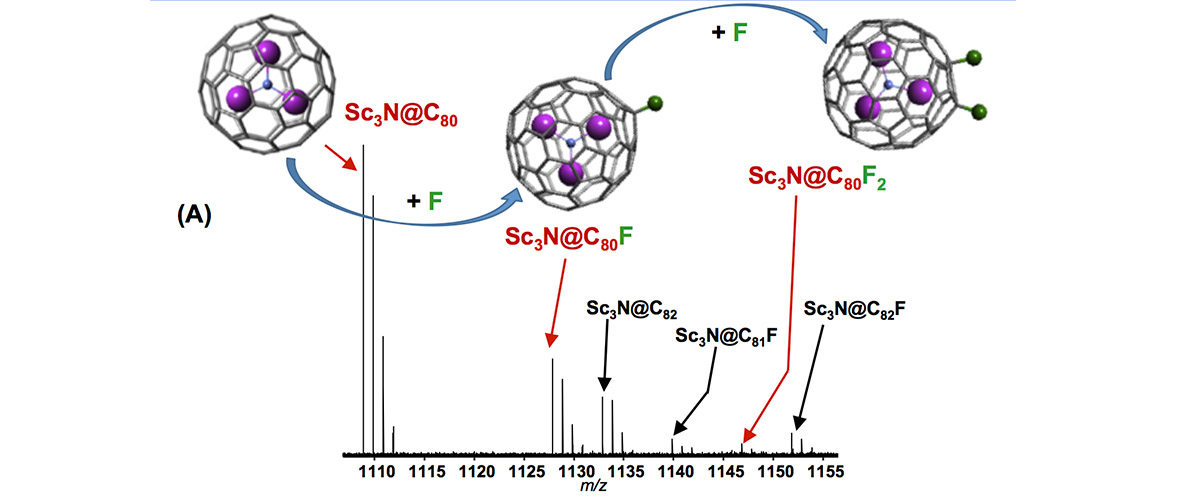
November 19, 2018
Researchers have discovered a new method to create encapsulated carbon nanomaterials that contain fluorine. Known as fullerenes, these nanocages are p…
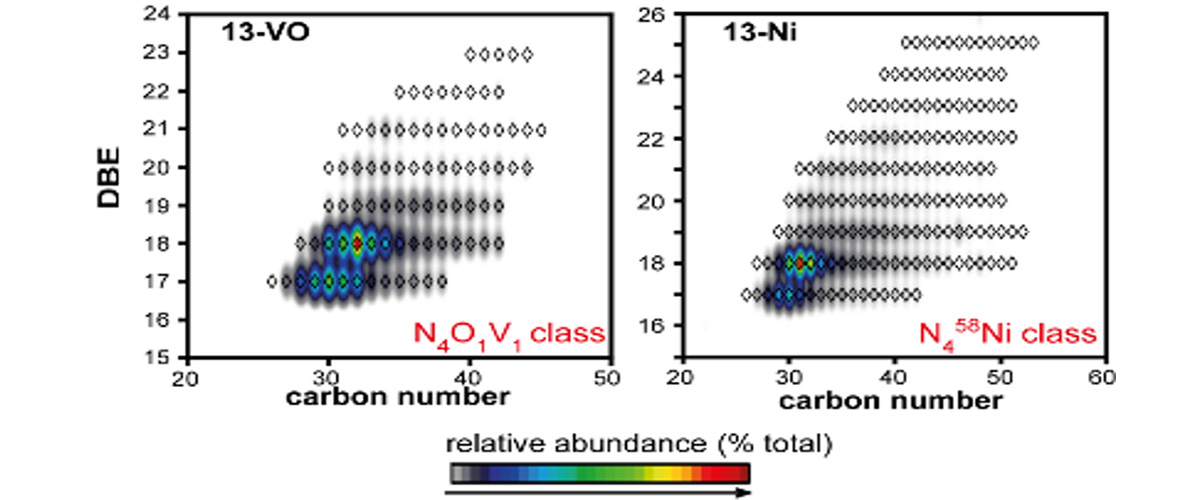
August 21, 2018
Molecular fossils of chlorophyll (called porphyrins) more than 1.1 billion years old find suggest that photosynthesis began 600 million years earlier …
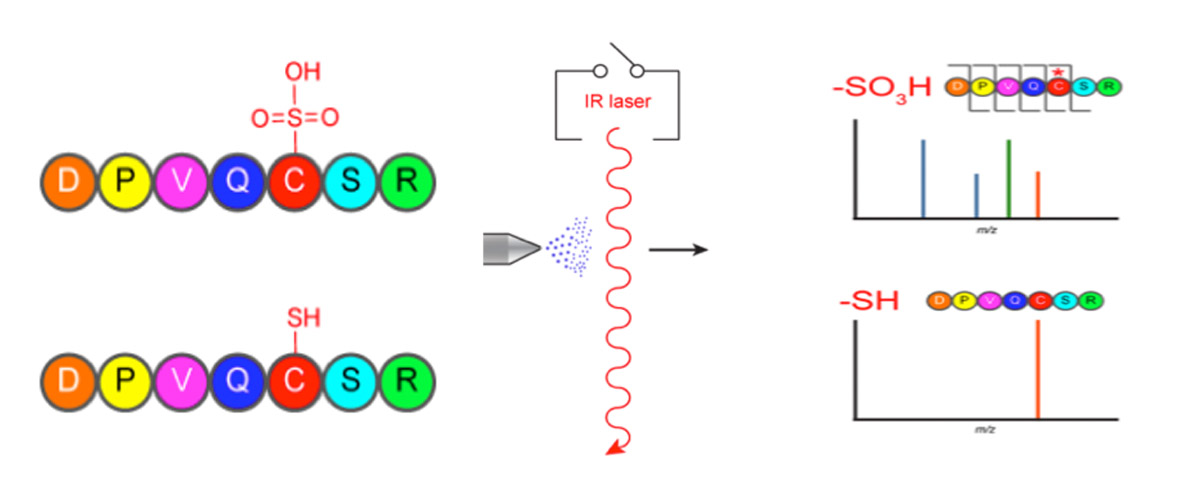
February 27, 2018
Protein oxidative damage is a common occurrence in a number of diseases, including cancer, neurodegenerative, and cardiovascular disease. Yet, little …
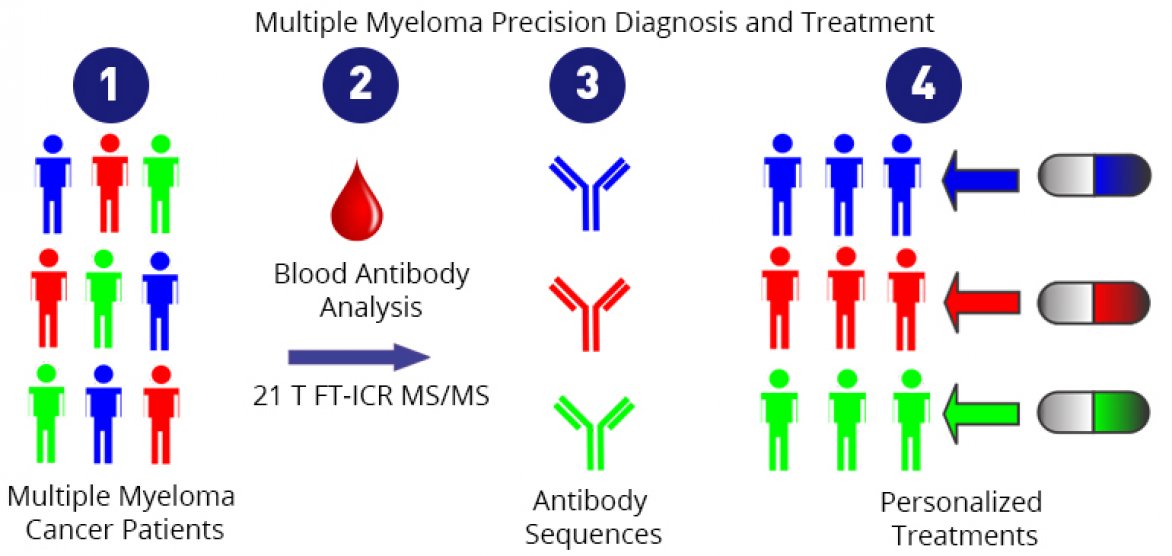
August 09, 2017
New technique could lead to precise, personalized cancer diagnosis and monitoring.